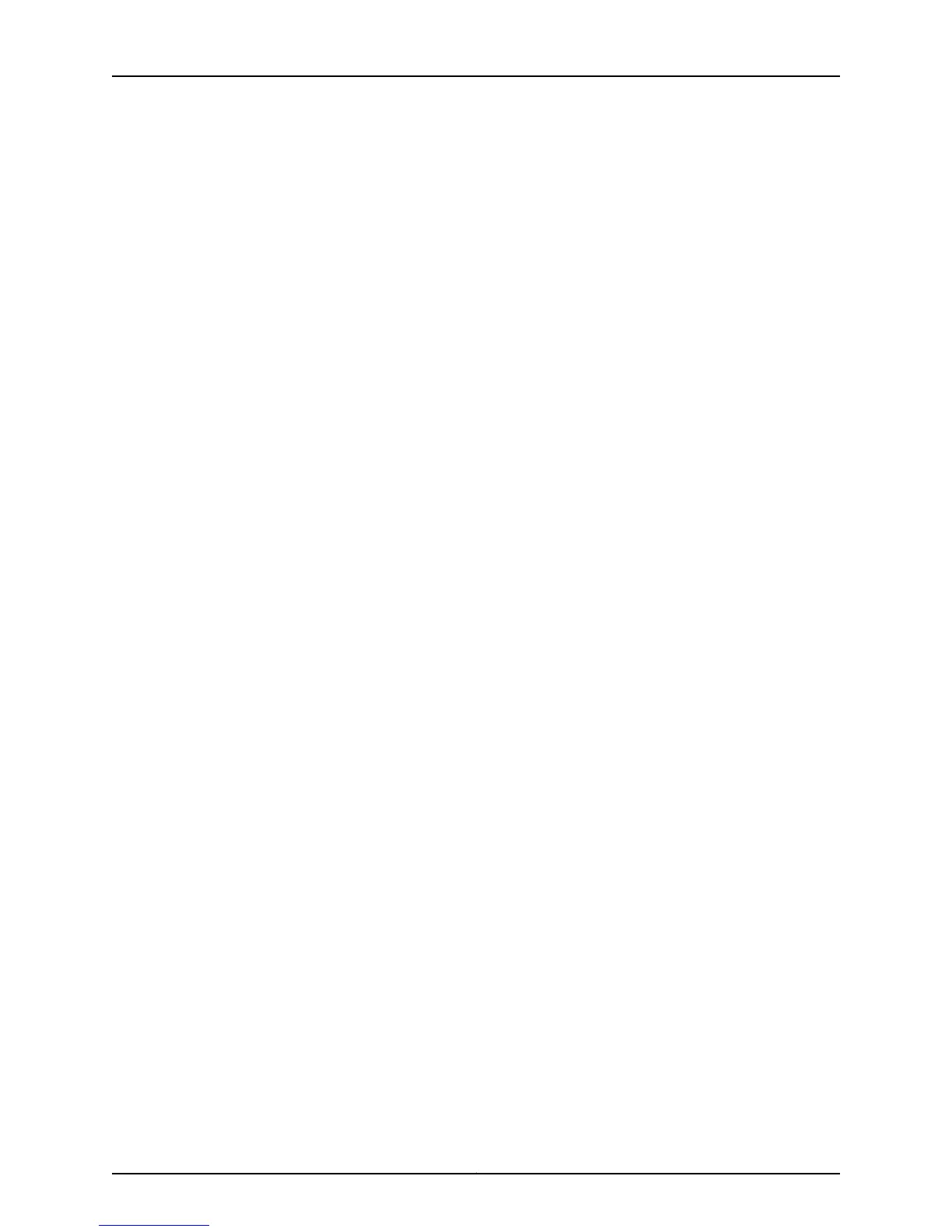• New policy values are applied to all routes that are sent (outbound policy) or received
(inbound policy) after you issue the command.
• To apply the new policy to routes that are already present in the BGP routing table,
you must use the clear ip bgp command to perform a soft clear or hard clear of the
current BGP session.
• Behavior is different for outbound policies configured for peer groups for which you
have enabled Adj-RIBs-Out. If you change the outbound policy for such a peer group
and want to fill the Adj-RIBs-Out table for that peer group with the results of the new
policy, you must use the clear ip bgp peer-group command to perform a hard clear or
outbound soft clear of the peer group. You cannot merely perform a hard clear or
outbound soft clear for individual peer group members because that causes BGP to
resend only the contents of the Adj-RIBs-Out table.
• Example
host1(config-router)#neighbor allowas-in
• Use the no version to prevent the acceptance of these routes, resulting in the BGP
speaker’s discarding the routes.
• See neighbor allowas-in.
Controlling Route Importation
You can control how many routes a PE router can add to a particular VRF’s forwarding
table by specifying a maximum limit and a warning threshold. When the router attempts
to add a route, it compares the limit you configure against a route count it maintains for
routes already in the VRF’s forwarding table.
With a warning threshold configured, the following behavior takes place when the PE
router attempts to add a route:
•
When adding the route causes the route count to exceed the warning threshold for the
first time, the router adds the route and generates a warning-threshold-exceeded log
entry.
•
As long as the route count stays above the warning threshold, adding more routes does
not generate more warning-threshold-exceeded log entries.
•
If the route count fluctuates below and above the warning threshold due to route
deletions and additions, an interval of 5 minutes since the last
warning-threshold-exceeded log entry must pass before another
warning-threshold-exceeded log entry can be generated. This behavior prevents the
system log from being flooded with log entries.
With a limit configured, the following behavior takes place when the PE router attempts
to add a route:
•
When adding the route causes the route count to exceed the limit for the first time, the
router rejects the route and generates a limit-exceeded log entry.
•
As long as the route count stays at the limit, further attempts to add routes fail, but
do not generate any more limit-exceeded log entries.
Copyright © 2010, Juniper Networks, Inc.452
JunosE 11.2.x BGP and MPLS Configuration Guide
